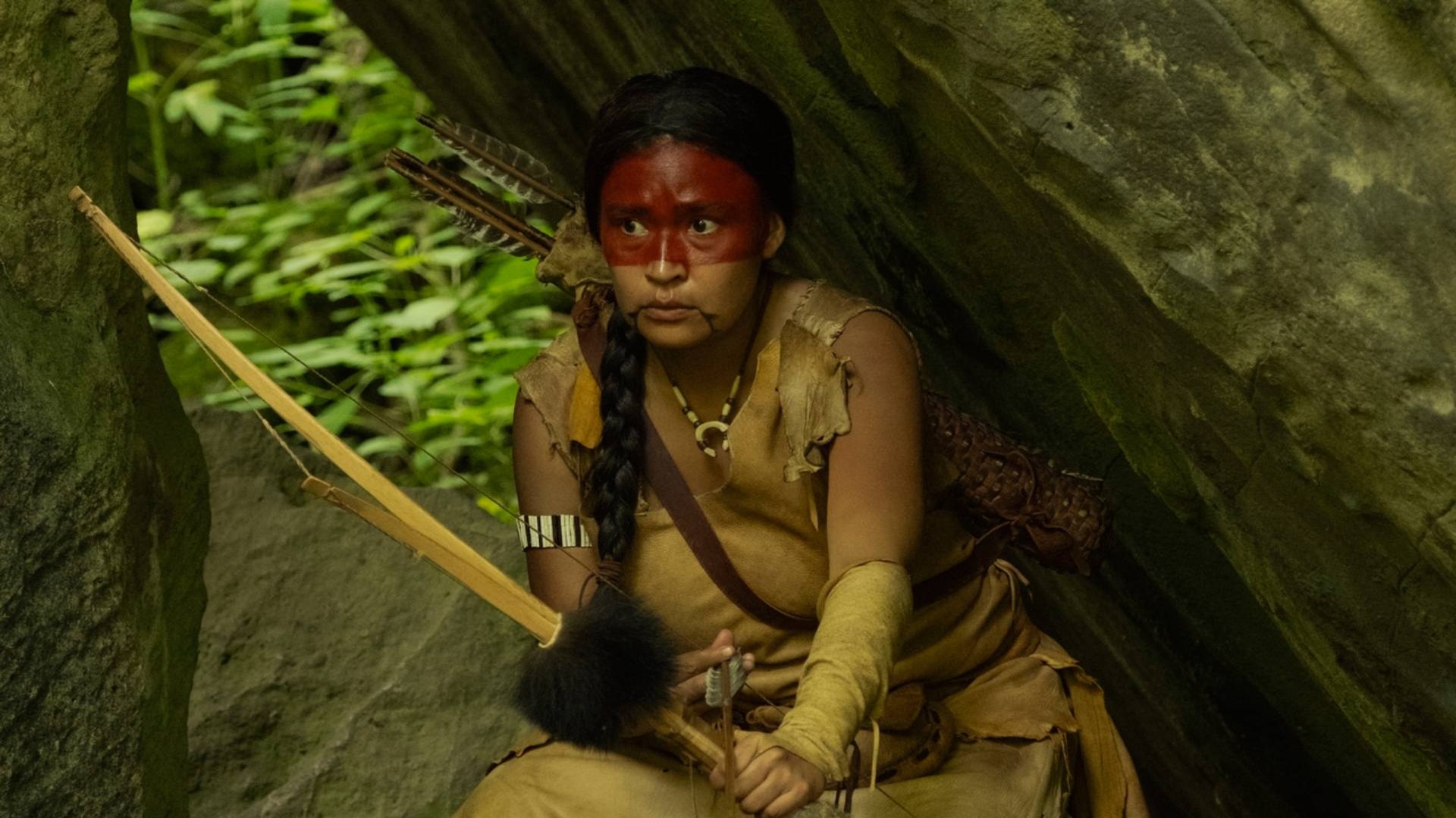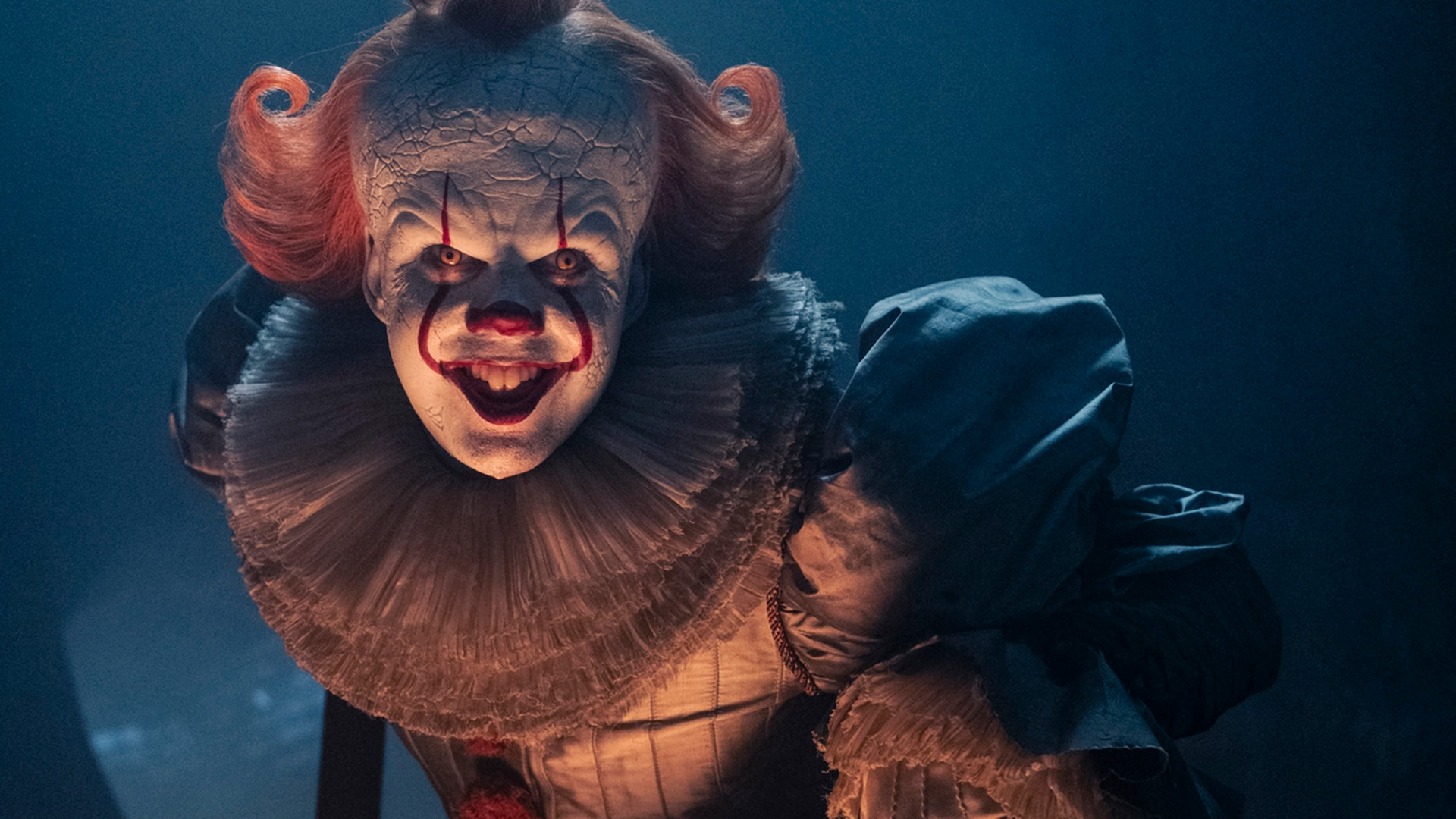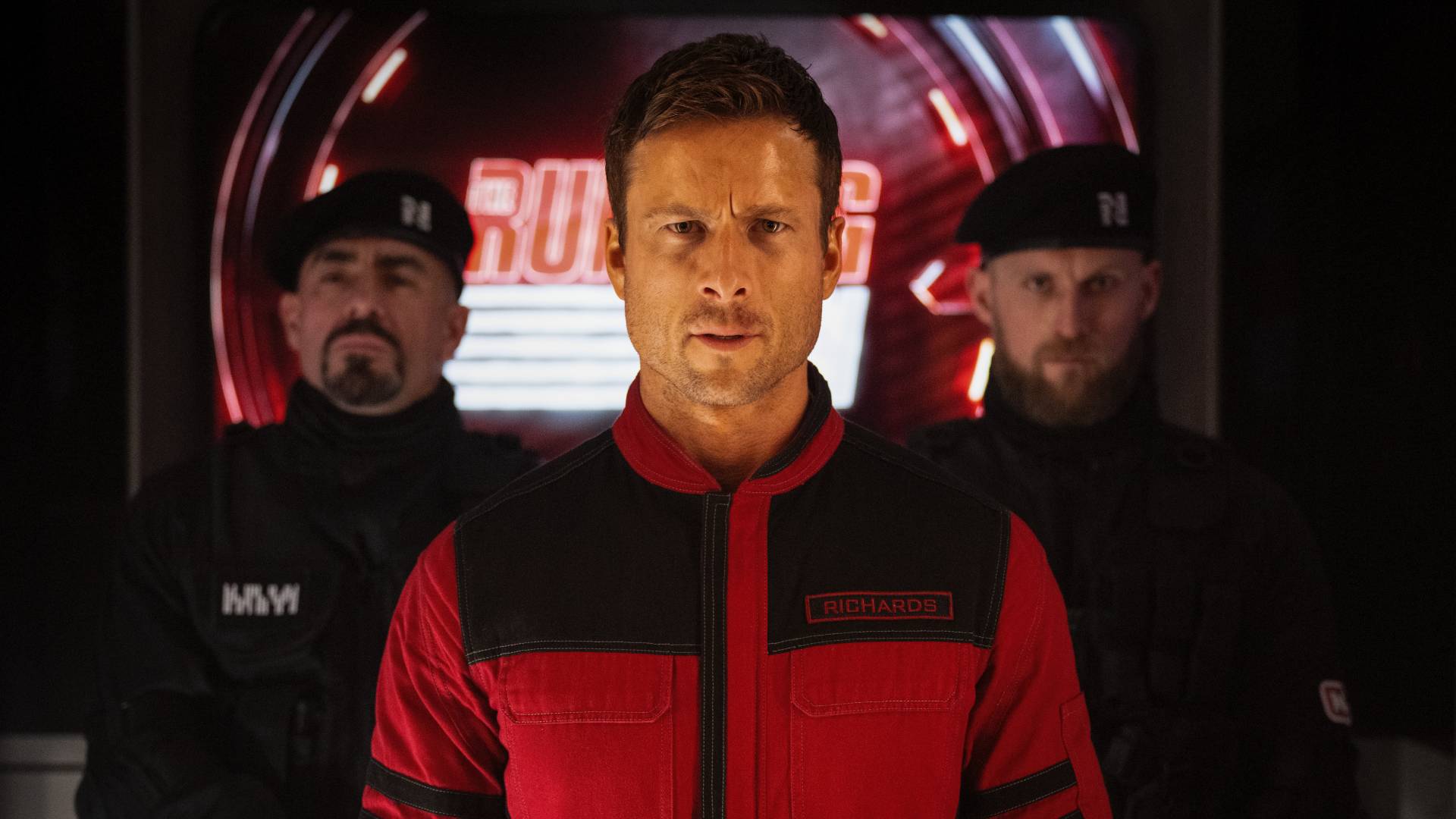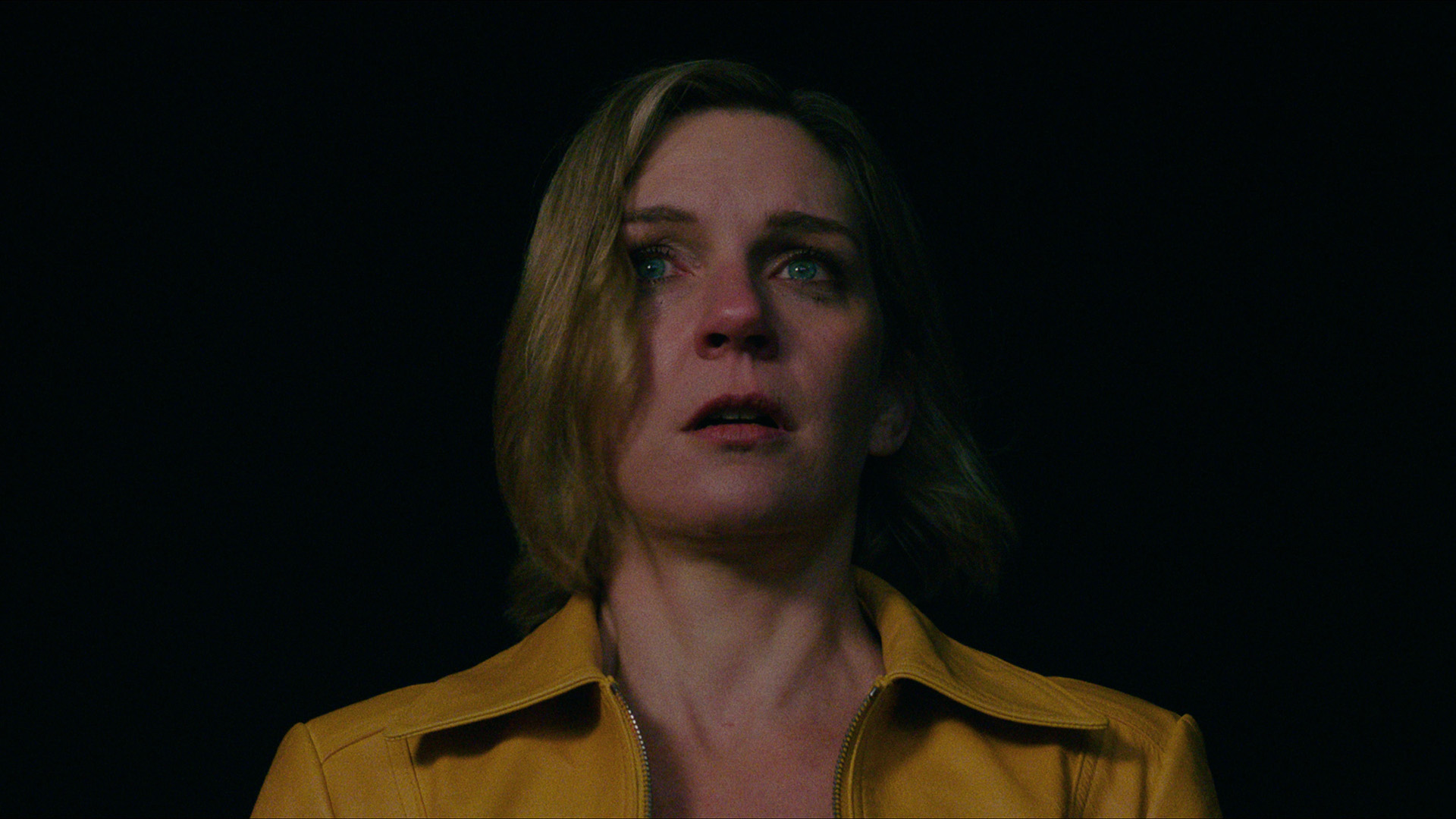It: Welcome to Derry episode 4 explained – What is the Galloo? How did Pennywise come to Derry?
It's pretty book accurate

It: Welcome to Derry continues to be a book-accurate treat for Stephen King fans, and this episode takes it to the absolute next level.
It: Welcome to Derry episode 4 gives us the origin story of the one and only It, who we've all come to know (and fear) as Pennywise the Dancing Clown. While much of the lore in Welcome to Derry episode 3 was (cleverly) invented for the show, episode 4 takes us back to the pages of It, and brings King's original vision to life.
Now that we know where Pennywise came from...what's next? Well, let's just say things are about to get worse for the citizens of Derry.
Warning! The rest of this article contains major spoilers for It: Welcome to Derry episode 4. If you're not up to date, turn back now!
What is the Galloo?

In Welcome to Derry episode 3, we learn that the US Air Force has employed Dick Hallorann in order to use his Shining ability to track down Pennywise. While we don't know whether the Air Force at large knows exactly what they're hunting for, we do know that the mission is being spearheaded by General Shaw...who had a run-in with Pennywise back in 1935 when he was just a young boy. However, Shaw was not alone during the encounter: he was accompanied by Rose, who, as a young girl, somehow knew that Pennywise was confined to the woods of Derry and had no power beyond it.
Towards the end of episode 4, the US Air Force detains Taniel, Rose's nephew. You might recall that Taniel is one of the many Indigenous people in Derry (the Shokopiwah) who are protesting the military's excavation of their land (though they don't know that the destruction is being done with the intention of locating Pennywise). Shaw presses Taniel to reveal what he knows about the woods, but refuses to speak. Hallorann is then brought in to use his Shining ability to enter into Taniel's mind, which brings him back to Taniel's childhood home. In the vision, Rose, Taniel's aunt, asks him to recite the "myth" of the Galloo.
"Millions of years ago, before the time of the first people, an evil spirit was cast down from the darkest part of the night sky, bound inside of a falling star," He tells his aunt. "But when the star struck the earth, it broke open, and the spirit was set free. It roamed the woods for many snows and countless moons, until the creation of our first ancestors." The star that carried this monster was made of stone, and the wisest member of the tribe took a shard from the star and carved it into a dagger in order to protect their people from the monster – which they named the Galloo. This legend was passed down from generation to generation, with the Shokopiwah staying "outside of its reach" and "never hunting in its territory." This all changes, however, when white settlers arrive and ignore the Shokopiwah's warning. When the settlers entered the woods, the Galloo fed on them and grew stronger and powerful enough to hunt outside of the Western Wood.
Eventually, Sesqui, the leader of the Shokopiwah, decides that the tribe must leave the land in order to find safety. Her daughter, Necani, however, decides there's another way and steals the dagger and heads into the woods. When Sesqui realizes Necani is missing, the tribe enters the woods and encounters the Galloo, who appears to them as the things they fear the most. After Sesqui is killed by The Galloo, Necani and her friends go into the cave and find more pieces of the star. They use it to build a fortress around the woods, preventing the monster from leaving.
After Small Taniel finishes recounting the tale, Hallorann appears and asks him where they can find the exact location of the woods. Adult Taniel appears and points to the house on Neibolt street (yes, that house on that Neibolt street) and explains they have to go through the sewers. Boom. The Galloo, of course, is none other than Pennywise the Dancing Clown...who first came to earth in its pure, evil form. We'll likely dive into how he took the form and name of Pennywise the Dancing Clown, as well as his other strange aliases, as the show goes on.
How does Pennywise's origin story in Welcome to Derry differ from the Stephen King book?

Pennywise's origin story, as presented in Andy Muschietti's live-action Stephen King universe, is similar in origin...though altered and built-upon quite a bit. While Derry presents It as evil personified, crash-landing on earth inside of a shooting star, the novel describes him as more of a supernatural alien lifeform who lands on earth, in a location that would come to be known as Derry, Maine, around 1 Million BCE. The novel poses the idea that Pennywise began eating human children because there was no other natural food source, though the TV series sees It prey on any human who dares enter the woods where It crash-landed. It's also worth mentioning that, in the book, his true form is that of a giant spider. We see a Pennywise-spider hybrid in It: Chapter Two, where it's just his clown form with eight extra legs, but it isn't the actual insect like we see in the book or in the 1990 miniseries.
It's important to note that there is no inclusion of Indigenous lore in the novel, and that the Shokopiwah tribe, as well as Derry's indigenous origins, were created by Muschietti for the film series and were first featured in It: Chapter Two. The inclusion makes sense, however, as the Wabanaki (whom the Shokopiwah are based on) have lived in Maine for some 15,000 years, meaning that Indigenous settlers would've no doubt had a run-in or several run-ins with Pennywise in his earlier form. Though the timeline is slightly altered in the movies (to bring Pennywise's death date up to 2016), It still appears to wreak havoc every 27 years as he does in the book. You can check out our It: Welcome to Derry timeline for more on how everything connects, and when It reawakens.
It: Welcome to Derry airs on HBO every Sunday at 9pm PT/ET. Stay up to date on new episodes with our Welcome to Derry release schedule.

Lauren Milici is a Senior Entertainment Writer for GamesRadar+ based in New York City. She previously reported on breaking news for The Independent's Indy100 and created TV and film listicles for Ranker. Her work has been published in Fandom, Nerdist, Paste Magazine, Vulture, PopSugar, Fangoria, and more.
You must confirm your public display name before commenting
Please logout and then login again, you will then be prompted to enter your display name.


